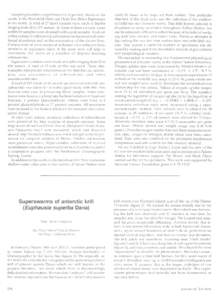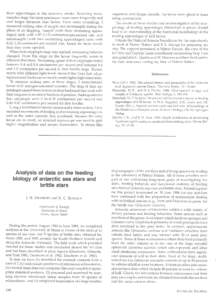<--- Back to Details
| First Page | Document Content | |
|---|---|---|
 Date: 2011-05-06 20:34:56Phyla Antarctic krill Thysanoessa Bransfield Strait Edward Bransfield Euphausia Southern Ocean Antarctica Antarctic Peninsula Krill Physical geography Taxonomy |
Add to Reading List |
 sigma-t Sigma-t
sigma-t Sigma-t



